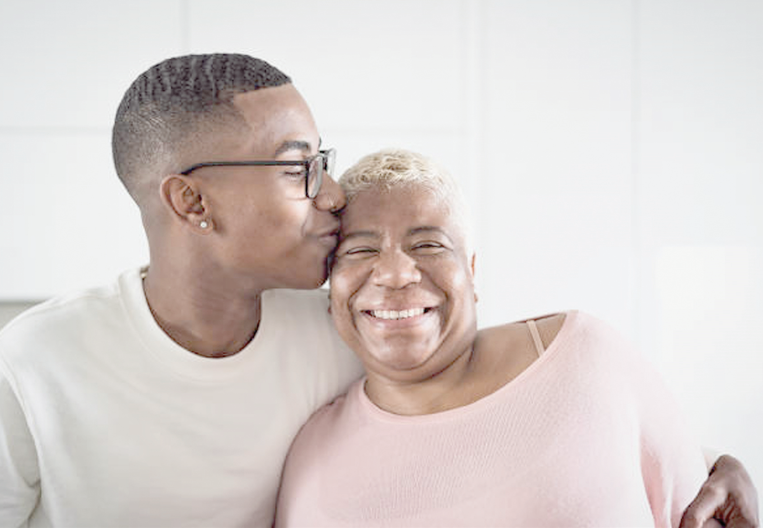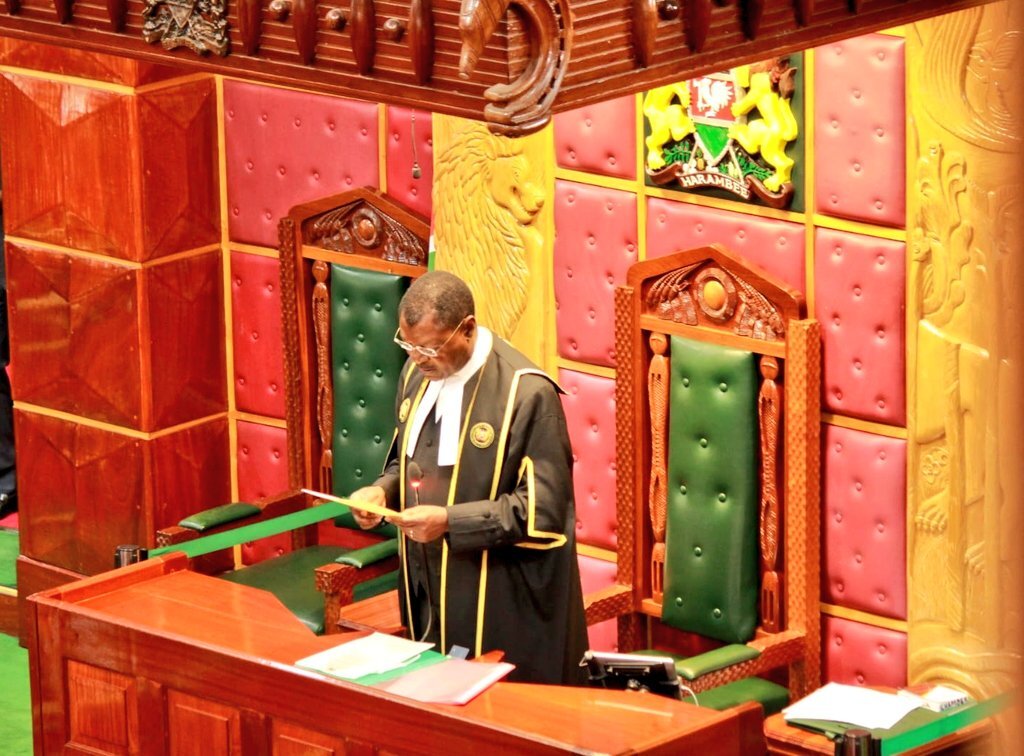Recently, content creator and social media personality Kabi Wa Jesus came under sharp criticism for dancing with his mother-in-law.
In the TikTok video, Kabi is filmed dancing with his mother-in-law to a popular Burna Boy’s song dubbed Rollercoster.
The short video caused an uproar online as netizens camped on Kabi’s social media spitting trolls of how the father of three didn’t show a sign of respect to the mother of his wife as it is supposed to be in the African customs.
A section of netizens shared their different experiences with their mothers-in-law in the comments section including how they even feel uncomfortable bumping on each other on the streets.
Narrative shift
In response to the growing discontent, Kabi again took to TikTok to share his thoughts. He expressed his love and affection for his mother-in-law, and defended the light-hearted and fun moments they captured. Addressing those with traditional views, he humorously suggested they have a chat with their ancestors as he asserted his presence on TikTok alongside his mother-in-law. This brought another debate on how a mother and son-in-law should relate.
According to Wendy Cheptoo, a counselling psychologist, in African culture, the relationship between a son-in-law and mother-in-law has traditionally been characterised by certain expectations and restrictions.
“It was uncommon for them to be seen together. In some cultures, they were not even expected to sleep under the same roof. However, societal changes over time have led to a shift in this narrative,” she starts.
“In the modern world, people tend to do what they feel is right for them, disregarding some of the old customs and embracing new ways of relating with their in-laws. As a result, it has become more common for sons-in-law and mothers-in-law to interact and have a closer relationship. They may engage in conversations, spend time together, and even share living spaces, despite the previous cultural restrictions,” she shares.
However, Wendy points out that these social media relationships may not always reflect the reality. “There have been instances where celebrities dance with their mothers and share those moments online. While some people may criticise such actions as mere “business” or content creation for financial gain, it’s crucial to recognise that for these individuals, content creation is their livelihood. They may engage in activities to remain relevant, gain traction, and ultimately make money. The free and close relationship that may be portrayed online between a son-in-law and mother-in-law is carefully curated to meet the expectations and interests of the audience even when the creator knows what their audiences think about such actions. However, the true dynamics of their relationship offline remain uncertain,” she says.
Porous boundaries
For psychologist Sarah Changalwa, she states a phrase, “good fences make good neighbours” coined by Robert Frost in his 1914 poem Mending Wall, forms one of the key pointers in this conversation pointing out that modernisation has brought about significant changes most of which have spilled over to transforming individual beliefs, practices, and morals.
“The pressure to adjust, adopt and fit in the modern way of life, has posed a great challenge in maintaining and upholding the pre-existing cultural and social norms. One of the institutions that has been subjected to this wave of transformation is the marriage. The changes have not only transformed and reformed major practices, but also the mode and structure of social interactions and relationships. By virtue of in-laws being members who are added as a part of one’s family, there are diverse cultures, social rules, and norms that define their interactions, behaviours, boundaries and limits when relating to each other,”she says.
Sarah says that these boundaries have nonetheless become porous and in most cases, have been watered down. “Previously, the set standards of interaction, proximity, and engagement were set as a sign of respect and acknowledgment towards the in-laws and their kins from the other family. This was to also ensure that there are minimal cases of interference in the marriage or the imposing of one’s cultural norms and principles forcefully on the other party. However, in the recent past, we have witnessed a good number of individuals having close and intimate bonds with their in-laws— between husbands and their mothers-in-law or daughters and their fathers-in-law,” she says.
Sarah divulges that these close bonds have in some cases closed boundaries, where mothers and sons-in-law and daughters and fathers-in law engage in intimate and sexual relationships that may in dire cases, result in pregnancy or other psychological trauma on the couple and their families. She says that the nature and type of living arrangements in the urban area where most families have to squeeze themselves and fit under one roof has further subjected them to the loss of privacy and the compromising of the rigid social boundaries that once existed between the in-laws. In the process, forcing them to be physically in close contact and sometimes see each other in a compromising state that would subject them to shame and embarrassment.
“It is evident that there has been role confusion and degradation of boundaries between the in-laws, hence resulting in disrespect and emotional abuse. Such cases are witnessed in incidents where the in-laws tend to overstep their boundaries to the point of wanting to micromanage the marriage or one of the spouses in order for them to compromise their needs so as to accommodate the needs of the in-laws,” she says.
This disrespect has further contributed to the compromising of the marriage institution and in other cases, separation, divorce, and domestic violence as individuals team up against one another.
“Traditionally in the Bukusu culture, in-laws; sons were not allowed to shake hands nor hug their mothers-in-law. Daughters-in- law were also forbidden from shaking their fathes in- law hands, serving them food, or washing their hands. The sons were not allowed to visit their in-laws before 11am in the morning nor were they allowed past 5 pm in the evening after the chicken have gone back home,” explains Sarah.
Restrictions for the better
Sarah says that unlike presently, sons-in-law were not allowed to spend the night at their in-law’s or better still, perform any duties or work within the homestead. In-laws further, also used separated washrooms and latrines, which in this case, were not within a close proximity. “It was forbidden for in-laws to dance in the presence of each other nor spend the night under the same roof. Such standards made sure that the marriage institution was kept sacred by covering the family’s dirty linen from those outside the family who in this case, were the in-laws,” she says.
Sarah adds “The changes experienced in relationships and interactions between in-laws has posed a huge challenge in adjustment and in which case, resulted in disrespect of one another’s values, principles and morals as a result of tresspassing and disregard of each other.”
Overall, Wendy adds that it is evident that cultural restrictions and expectations surrounding son-in-law and mother-in-law relationships have deteriorated over time. “This is not surprising, considering the changing times and evolving social norms. Celebrities and individuals, in general, are often driven by the pursuit of relevance, financial gain, and consistency in content creation, leading them to engage in various activities that may challenge traditional expectations,” she says.



















